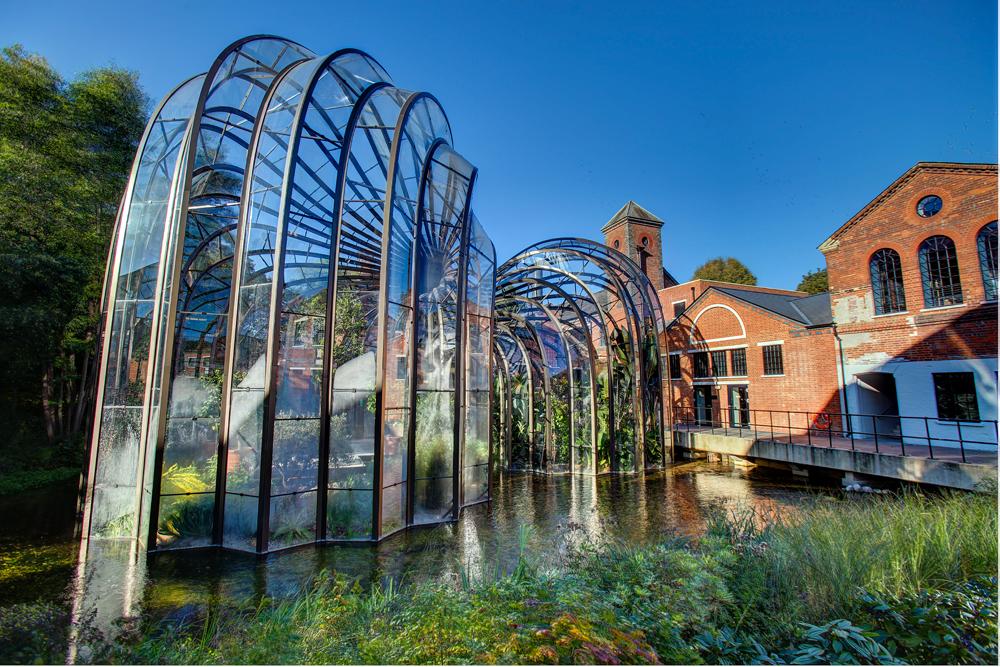
No matter what you do, there’s no escaping the ‘S’ word. The topic of sustainability is bigger than it’s ever been and businesses of all industries from across the globe are not just taking it seriously, they’re placing it at the heart of their growth and development strategies. One study revealed that 37% more CEOs rate sustainability as a top priority, compared to 2021.
But as critical as it is, the question we’re all asking is, are sustainable events actually possible?
Traditionally, events have been high in energy, high in food and water consumption, and high in travel, often requiring dozens (if not hundreds or even thousands) of attendees to convene in one location. According to one report, the annual carbon footprint for the global event industry is comparable to the USA’s greenhouse gas emissions, responsible for over 10% of global CO2 emissions. Going by this indicator, the industry isn’t exactly a paragon of sustainability.
Yet, there are things we can do to change the narrative. All it takes is some thorough planning…
First, let’s break it down into the core components we need to consider when planning a sustainable event. There are a lot of moving parts involved in any event, no matter how small or large, so categorising these elements and addressing them one by one will help make planning that much easier.
Food wastage is the third top emitter of CO2, after the US and China, producing an estimated 3.3 billion tonnes of the greenhouse gas. This is a scary amount and it’s having a devastating effect on the planet.
Things to consider:
● Plan your menus carefully. Source produce that’s in season and comes from local farmers or vendors.
● Set up clearly labelled recycling stations so that attendees and event staff dispose of food correctly.
● Provide attendees with reusable water bottles and lay out plenty of water refill stations.
I’ve spoken before about a noticeable shift in the industry towards micro-events, as a result of the pandemic. Yet, the trend has lingered long after restrictions were lifted. Event professionals are seeing the sustainability advantages these smaller, more local events can offer.
Things to consider:
● Keep events more local or regional to reduce the distance attendees must travel.
● Where possible, book more sustainable forms of transport, such as trains rather than aeroplanes or taxis.
● Work with local partners for equipment, staging and other supplies needed for the event.
Similar to the micro-events trend, many event planners and businesses are now opting for hybrid events. If you carefully select your venue, this mix of in-person and virtual can potentially cut down your conference’s carbon footprint and energy consumption by two-thirds.
Things to consider:
● Choose a venue that has energy efficiency measures implemented, such as motion-activated lighting.
● Match any electricity usage with a renewable energy supply.
● Track and measure your energy usage during the event to see where improvements can be made in future.
This covers everything from print and signage through to staging and is a significant contributor to paper, plastic and other waste. But this needs to be cut drastically. Of all the plastic produced in the world, 79% can now be found collecting in landfills or littering the natural environment.
Things to consider:
● Make the switch to digital; think e-tickets and digital signposting to welcome attendees.
● Collaborate with suppliers to avoid single-use plastics.
● Consider sustainable set designs or even repurposing equipment from past events.
An often-overlooked aspect of sustainability, community and the local social-economic landscape can be significantly impacted by events. But with due diligence and planning, that impact can become a positive one.
Things to consider:
● Collaborate with and buy your event supplies from local vendors.
● Choose unusual and unused venues to inject much-needed cash into forgotten areas of the local economy.
● Incorporate the local community into your event, whether that’s a reference to the heritage of the region or paying respect to the culture in a creative way.
Once you’ve got an understanding of what areas you need to address in your sustainable event planning, it’s now time to define your sustainability goals and develop a policy that aligns with these goals. Together, they will provide your team with a robust framework they can stick to when planning and executing any event.
The next phase is to build out a plan. Mark out each of the steps you need to take as a business to achieve these goals and set yourself a timeframe in which to do so. It’s important to carefully select your event partners. Only work with organisations that are united in your mission to make events more sustainable. If you’re not all on the same page, then you’re not going to get the results you were hoping for.
The work doesn’t stop at the planning stage. Sustainability efforts continue right through to post-event, so it’s crucial that you track your carbon footprint during the event. There are several great organisations you can partner with to help you do this. Ask the venue if they can supply a breakdown of energy consumption for your event. The same goes for your suppliers, ask them to report back on any sustainability KPIs you might have set with them.
Finally, using all of this data, measure your total environmental impact against global benchmarks and define areas to improve upon in future events.
Making events sustainable is possible, through careful planning and (most importantly) clear, decisive action. You just need to take the first step.


Our cities are jam-packed full...

The summer event season is alm...

We can't believe it, Christmas...

With Christmas still in our ey...

There are many factors that ne...

For many of us in th...

At Unlocked we're starting to ...

Since the summer we've seen an...

Hopefully you've enj...